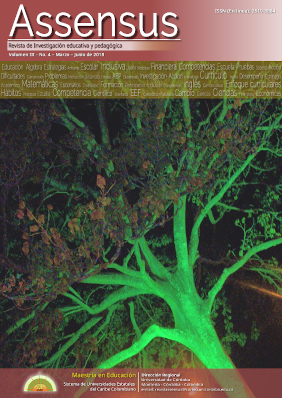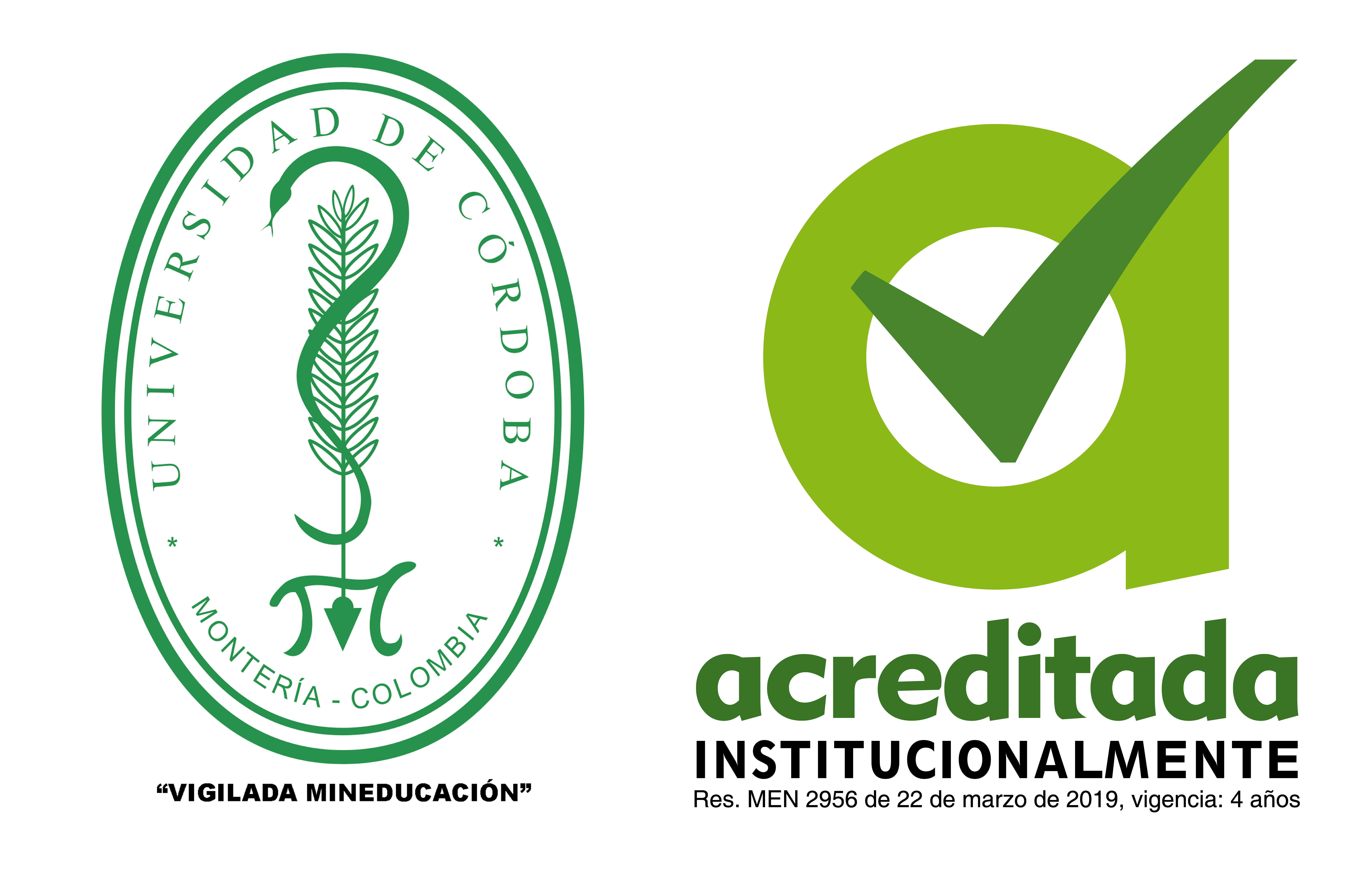Development of geometric thinking based on the use of didactic strategies supported by computational tools and the Van Hiele model
Desarrollo del pensamiento geométrico a partir del uso de estrategias didácticas soportadas en herramientas computacionales y el modelo Van Hiele
The Assensus journal has a Creative Commons license. The citation, use and partial or total reproduction of the contents is authorized by citing sources. For more information, see https://creativecommons.org/licenses/by-sa/4.0/deed.en
Show authors biography
This article shows a report of the research “Didactic Strategies to Strengthen Geometric Thinking Applying Computational Technologies and the Van Hiele Model”, product of the authors' degree work within the framework of the Master in Education of the SUE Caribe. The research problem was to inquire whether the geometric thinking of the students is enhanced by the use of teaching strategies that involve the use of Cabri software and the Van Hiele model. The objectives aim to explore whether mathematical competence develops in students through the application of activities that include the use of Cabri software and the Van Hiele model and if there are significant differences between men and women in terms of the development of geometric thinking . A quasi-experimental design was used, developing activities with students of two sixth grade courses of the Gabriel García Márquez Educational Institution of Corozal, Sucre, Colombia.
Article visits 1171 | PDF visits
Downloads
- Castiblanco, A.C. (2004). Seminario Incorporación de las Nuevas Tecnologías computacionales al currículo de la educación básica y media de Colombia. Ministerio de Educación Nacional.
- De Guzmán, M. (2004). Revista Iberoamericana de Educación. OEI, Número 43: Enero-Abril / Janeiro-Abril 2007 A.
- Díaz Barriga, F y Hernández Rojas G. (2000). Estrategias docentes para un aprendizaje significativo. Una interpretación constructivista. México: McGraw-Hill.
- Jiménez, L., Rivero, R., Montes, S. (2005). Experiencia investigativa sobre el Teorema de Pitágoras: Un reporte con la geometría dinámica. Universidad de Sucre.
- Martín, A. (2003). Citado en Revista Iberoamericana de Educación (ISSN: 1681-5653)
- Proenza G, Y (2002). La enseñanza de la matemática y su impacto en el desarrollo del pensamiento de los escolares primarios: Un modelo didáctico de estimularlo” . I.C.C.P. de la Habana, Cuba
- Roser Boix, T. (1995). Estrategias y recursos didácticos en la escuela rural. GRAO. Barcelona.
- Sánchez, M. (2002). La investigación sobre el desarrollo y la enseñanza de las habilidades de pensamiento. Revista Electrónica de Investigación Educativa 4, (1). Recuperado de http://redie.ens.uabc.mx/vol4no1/contenido-amestoy.html



